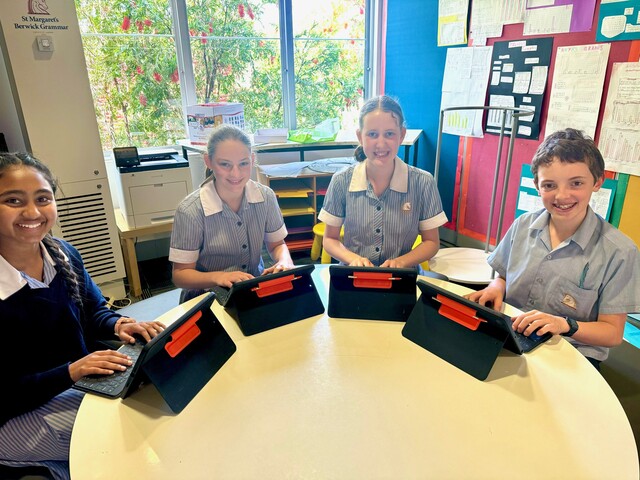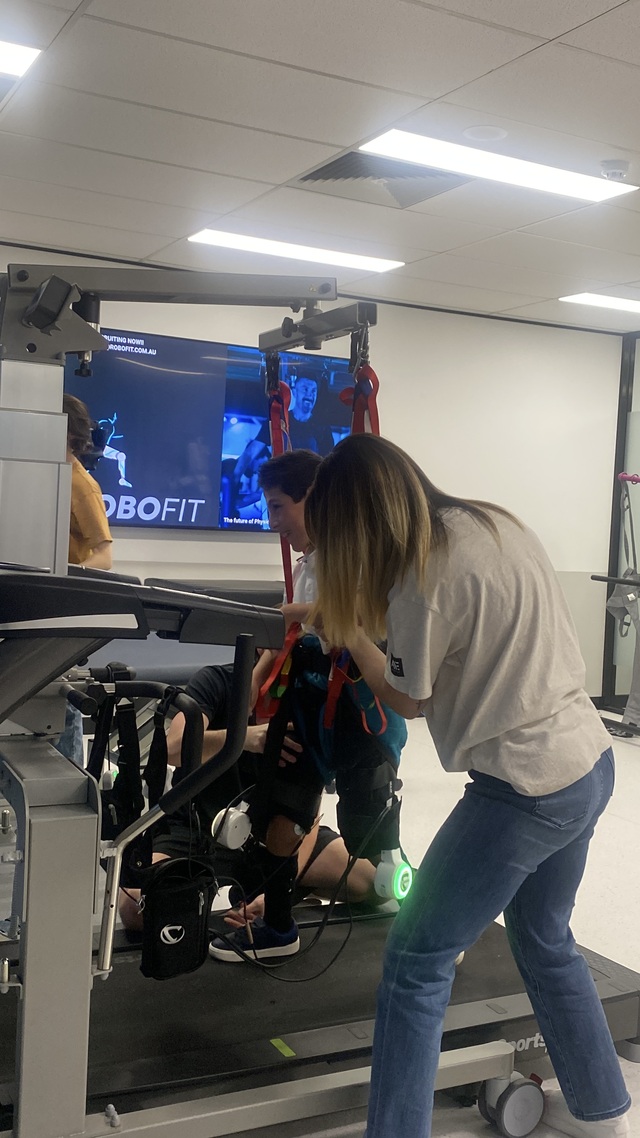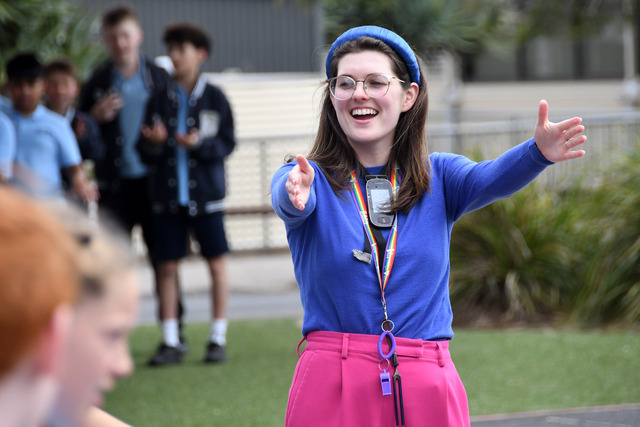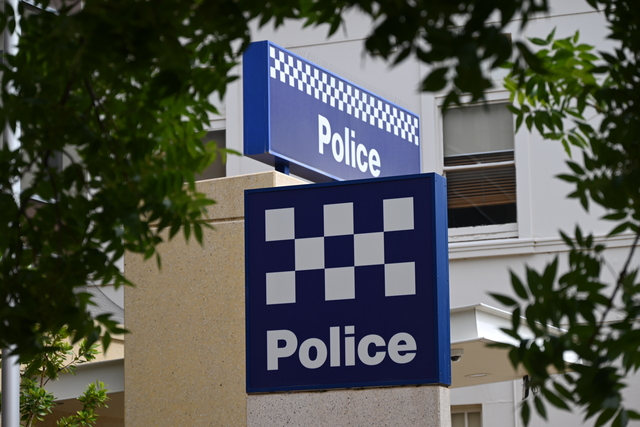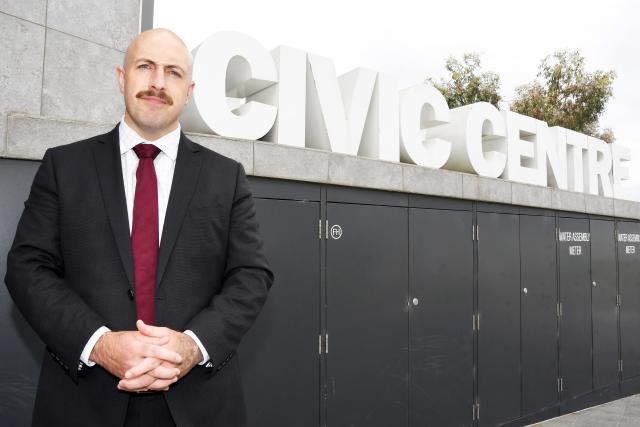St Margaret’s Berwick Grammar is inviting the community to their inclusive exhibition running on November 16 from 5:00pm-6:30pm.
A PYP exhibition is a part of the Primary Years Program hosted by St Margaret’s Berwick Grammar and each year, the Year 6’s complete a large exhibition.
PYP is a program that schools do all around the world and their trans-disciplinary theme for our 2024 exhibition is Who We Are.
The Who We Are unit is an inquiry into physical, mental, personal, spiritual, social health and human relationships with communities, family and friends, and their connections with cultures.
The unit of inquiry focuses on feeling a sense of belonging that comes from having positive interactions and feeling connected to community groups.
For our PYP exhibition we are learning about how positive interactions impact our wellbeing. However, the topic we are exploring deeper into is immigrants and refugees feeling a sense of belonging in a new country. We chose this topic because we wanted to inspire others to help immigrants and refugees feel a sense of belonging.
Grade 6 students Tiyasha, Charlie, Isabelle and Logan are concerned that marginalized communities don’t always have a sense of belonging.
“Some barriers could be such as language barriers, which is a common challenge that is faced, financial problems and job seeking are more challenges,” they said.
“We are planning to have a photo gallery where it shows immigrants that we’ve interviewed, with their challenges on one shoulder, and how they have overcome it on the right. We are also planning to share the screen recordings we took of our group interviewing immigrants themselves- with their consent.”
On a deeper level, the exhibition aims to create a legacy, empower minorities and drive change.
“We want the exhibition to impact the community’s understanding of refugees and immigrants, by raising awareness about the issue that immigrants and refugees don’t feel like they belong the majority of the time. Then the communities will hopefully change their thinking about making refugees and immigrants feel like they belong and try harder to include them in society,” students said.
“We hope after the exhibition, visitors will continue to be inclusive towards refugees and immigrants and welcome them into communities. We would also like for visitors at the exhibition to take away the message that they need to offer support, be understanding and inclusive. Visitors can apply the exhibition’s themes in their everyday lives by being more inclusive and welcoming towards refugees and Immigrants. Being more welcoming can give people the sense of belonging they need, and it can help mental health and wellbeing. They can also offer support, be inclusive, be understanding and give someone new a smile. You can ask people questions like: have you welcomed someone to your community today? Have you made any one smile today? Have you shared a smile with someone today? Have you welcomed a stranger to a community today?”
“We are hoping that our exhibition will emotionally connect with people that are immigrants or refugees, or people that have experienced being an immigrant or refugee because they know what it is like. We also hope it emotionally connects with people that know others that are immigrants or refugees, so they know how to help them. Then on the other hand we hope it emotionally resonates with anyone that is interested in the subject and doesn’t know what to do to help.”
“I think that our exhibition will encourage empathy and understanding with the visitors because we are all human beings and social creatures. A need for all of us is to connect and belong to people, communities, and/or countries. Australia is also a truly diverse and multicultural country, so when each of us are in our cultures, we feel a sense of belonging. People can have more of an emotional connection to this newspaper if they were immigrants themselves.”

